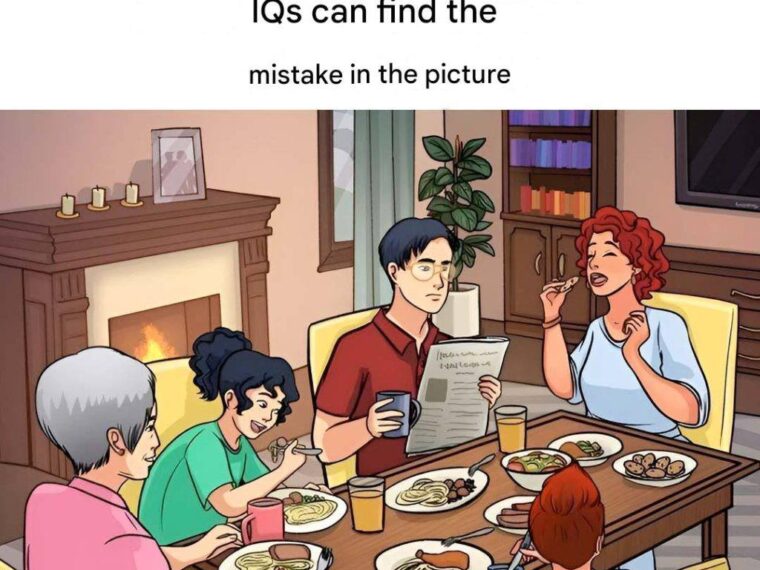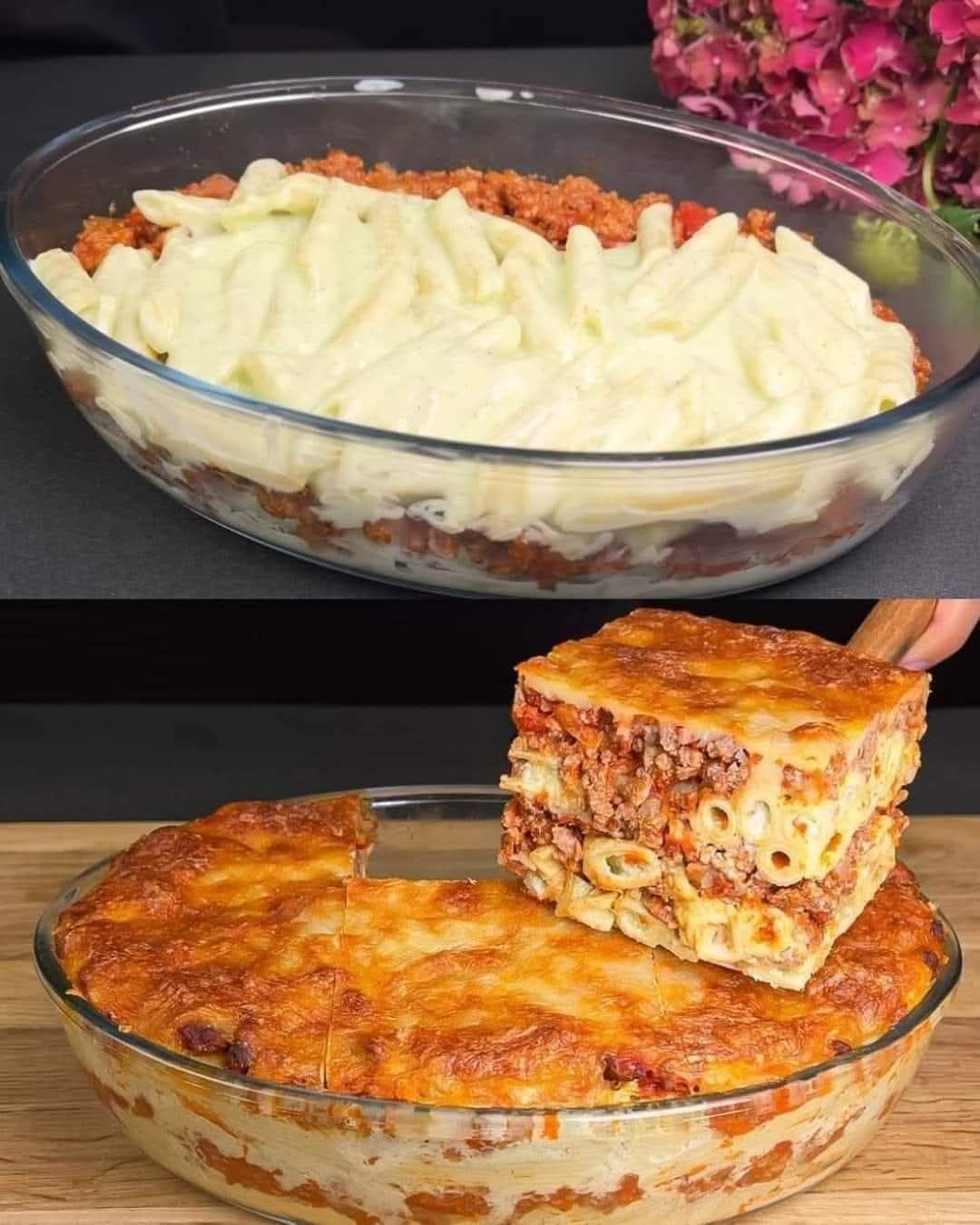Visual puzzles like “What’s Wrong with This Picture?” aren’t just for fun—they also help improve cognitive functions such as:
- Attention to Detail: Spotting tiny differences sharpens your ability to focus.
- Pattern Recognition: Our brains are wired to recognize familiar patterns; these puzzles disrupt those patterns to test our brain’s flexibility.
- Short-Term Memory: As you scan an image, you need to hold several pieces of visual data in your working memory.
- Problem Solving: Finding what’s wrong requires logical deduction and sometimes even cultural knowledge.
Researchers have found that engaging with puzzles on a regular basis can actually strengthen brain function and may help in delaying age-related cognitive decline. So the next time you spend a few minutes solving a brain teaser, you’re not just passing time—you’re giving your brain a workout.
Why Some People Spot It Faster Than Others
Have you ever wondered why some people excel at these types of puzzles while others struggle?
It often comes down to how your brain processes information. People who are naturally detail-oriented or have experience with visual analysis (such as designers, editors, or detectives) are often faster at identifying inconsistencies. But that doesn’t mean others can’t improve—like any skill, perceptual reasoning gets better with practice.
Another factor is expectation bias. When we see a family dinner scene, we automatically assume everything in the image makes sense. Our brain fills in the gaps based on experience, not necessarily based on logic. That’s why we miss obvious details—we’re not expecting anything to be wrong.
What Makes a “Good” Visual Puzzle?
Next page





